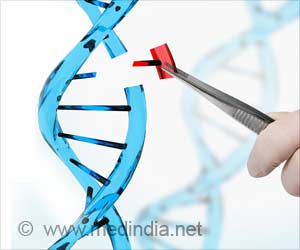New study findings explored the link between the use of appearance- and performance-enhancing drugs and substances (APEDS) and the prevalence of eating disorders.

‘People should understand that performance-enhancing substances have an impact on eating habits when used to achieve an unrealistic body ideal.’





Few studies have been completed to explore associations between certain APEDS use and eating disorder symptoms, however, a new study published in the Eating and Weight Disorders aimed to fill this research gap by exploring this relationship.“Many people use multiple APEDS to help them achieve their desired body, but this can be problematic, given our findings that use of multiple substances significantly increased the risk of eating disorder symptoms,” says lead author Kyle T. Ganson, Ph.D., MSW, assistant professor at the University of Toronto’s Factor-Inwentash Faculty of Social Work.
In this study over 7,000 U.S. college and university students from the 2020-2021 Healthy Minds Study were analyzed. APEDS are most commonly used to aid in the development of increased muscle mass, tone, and definition, in efforts to achieve specific body ideals.
This study also emphasizes the need for healthcare professionals to remain aware of changing body ideals among youth and young adults, as well as the association between APEDS use and eating disorder symptoms.
There needs to be a greater emphasis on public health efforts to increase the public’s awareness of the risks associated with APEDS use.
Advertisement















